14 Garden Plants That Thrive After Summer Heat Fades
As temperatures cool down, your garden does not have to lose its charm. There are several plants that will thrive even as summer ends and fall begins. These plants are perfect for those who want to keep their gardens full of life when the heat fades away. From vibrant flowers to hearty greenery, these plants can help maintain your garden’s beauty as the season changes.
This post may contain affiliate links, which helps keep this content free. Please read our disclosure for more info.
Chrysanthemums (Mums)
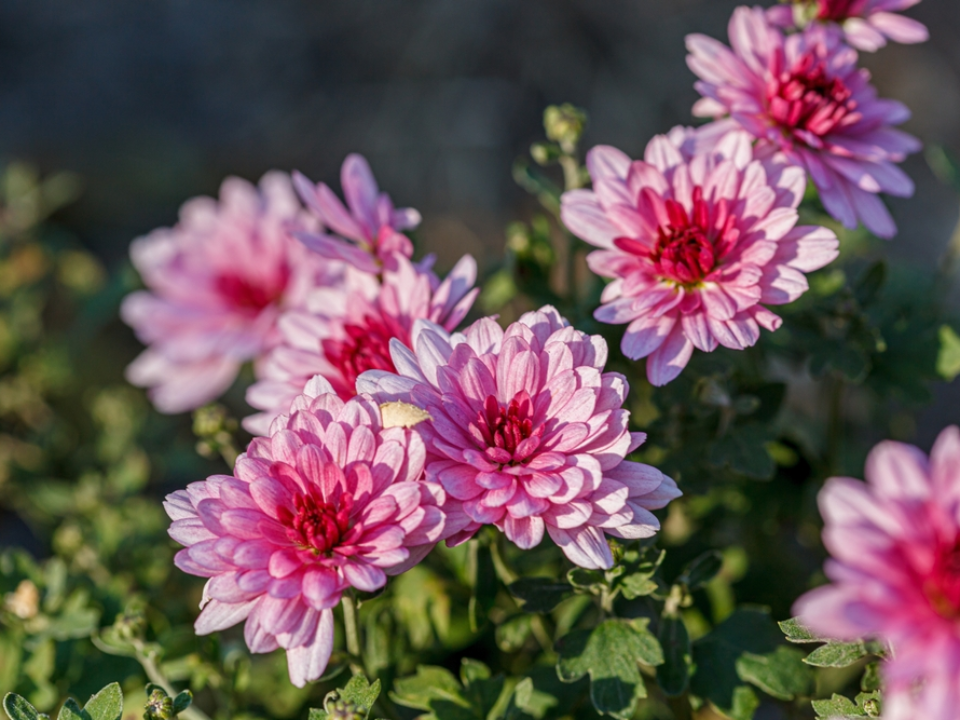
Chrysanthemums are a popular fall plant that thrives as the temperatures drop. Known for their vibrant colors, they come in a variety of shades like orange, red, and yellow. Mums are hardy perennials, so they return each year, making them a great addition to any garden. They bloom in late summer to early fall, adding a burst of color when many other plants start to fade.
These plants prefer full sunlight and well-drained soil. They require moderate watering and should be cut back after blooming to encourage new growth. Mums work well in flower beds or as container plants. They are also perfect for creating a colorful focal point in the garden during the cooler months.
Asters
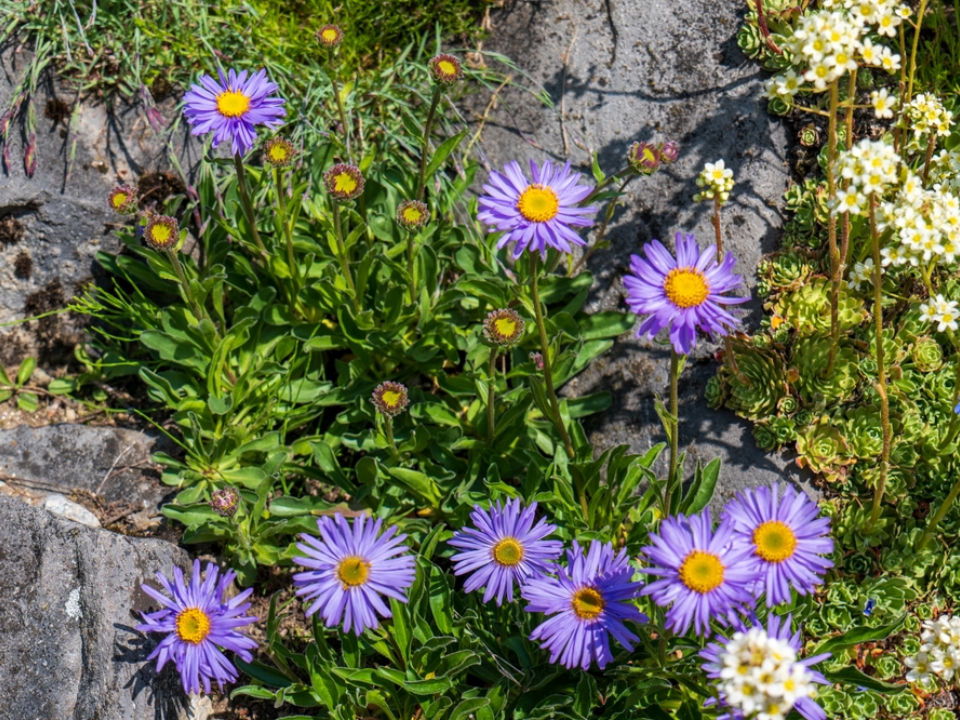
Asters are a fall favorite that flourishes when the heat of summer gives way to cooler temperatures. Their daisy-like flowers come in hues of purple, blue, and pink, adding a soft touch to your garden. Asters attract pollinators such as bees and butterflies, making them beneficial to the ecosystem. These plants bloom from late summer to early fall, ensuring your garden stays vibrant as the seasons change.
Asters thrive in full sun and well-drained soil, making them easy to care for in most gardens. They can grow up to 3 feet tall and spread quickly, so it is important to provide enough space for them to grow. Deadheading spent flowers will encourage further blooming. These plants are ideal for borders, containers, or mixed garden beds.
Sedum (Autumn Joy)
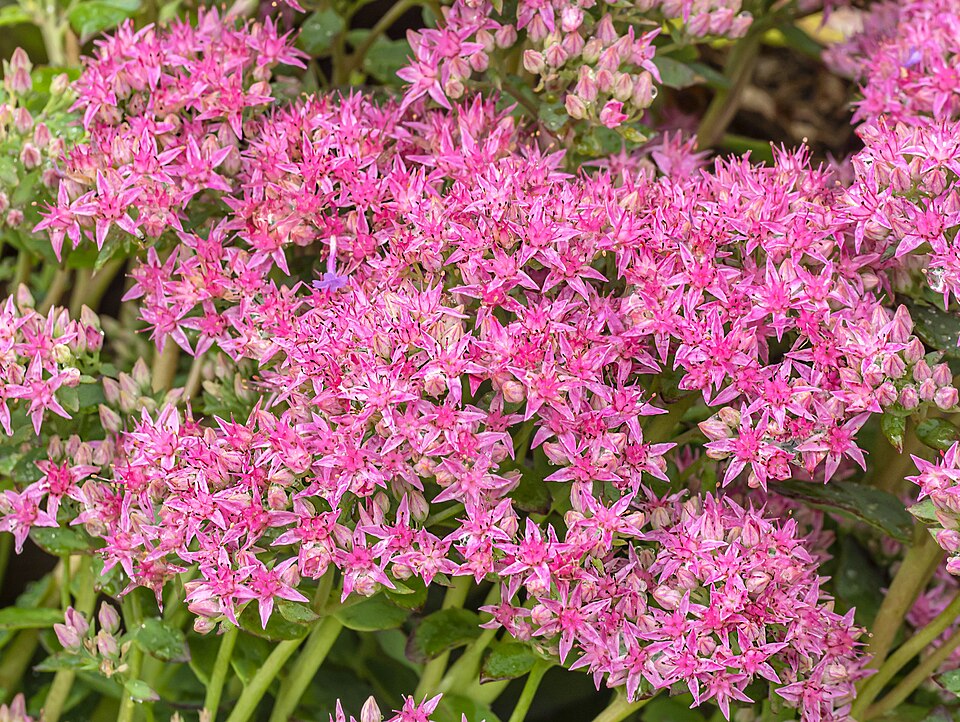
Sedum, also known as “Autumn Joy,” is a drought-tolerant succulent that thrives as the weather cools. This hardy plant produces clusters of pink to red flowers in the late summer and fall. As the flowers mature, they change color, adding an intriguing visual element to the garden. Sedum’s thick, fleshy leaves make it drought-tolerant and well-suited for the changing season.
These plants thrive in full sun and well-drained soil, requiring minimal care once established. Sedum is perfect for dry gardens or areas with poor soil, making it a versatile option for gardeners. Its low-maintenance nature and resistance to pests make it an excellent choice for novice gardeners. Autumn Joy’s ability to hold its shape through the colder months adds structure to the garden during the fall.
Coneflower (Echinacea)

Coneflower is a tough perennial that holds up well as the temperatures cool down. Known for its bright purple, pink, and white flowers, coneflower blooms from mid-summer through fall, continuing to attract pollinators as the heat fades. The flower’s signature cone-shaped center provides an interesting focal point in the garden. As the days grow cooler, coneflowers remain resilient, even after the summer heat is gone.
This plant prefers full sun and can tolerate dry conditions once established. It is an excellent choice for a low-maintenance garden, as it requires little care and can grow in a variety of soils. Deadheading spent blooms will promote further flowering, but coneflowers are just as stunning when left to seed. Their tall, sturdy stems make them a good choice for the back of garden beds or as a focal point.
Japanese Anemone
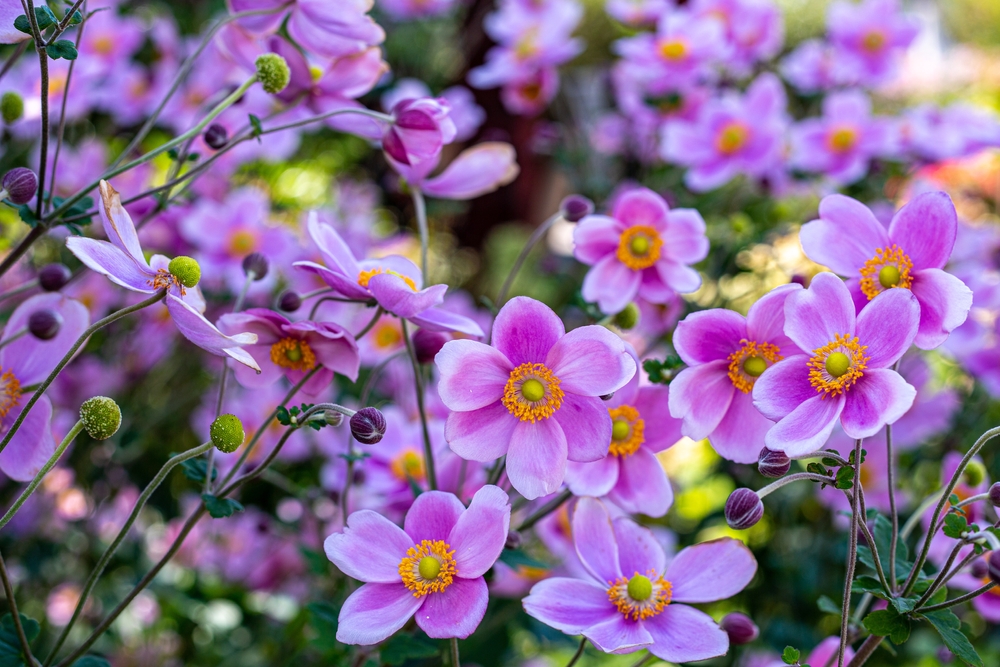
Japanese Anemone is a late-blooming perennial that adds a touch of elegance to any garden. These plants produce beautiful white, pink, or purple flowers that bloom from late summer into fall. Their delicate appearance contrasts with their resilience, as they thrive in the cooler temperatures following the heat of summer. Japanese Anemone can grow up to 3 feet tall, making them an eye-catching addition to flower beds or borders.
These plants prefer partial shade and moist, well-drained soil. They can tolerate a variety of growing conditions, making them an easy plant to grow in many gardens. Japanese Anemones are low-maintenance once established, but they may benefit from some watering during dry spells. Their late bloom time ensures your garden will have color well into the fall season.
Coreopsis
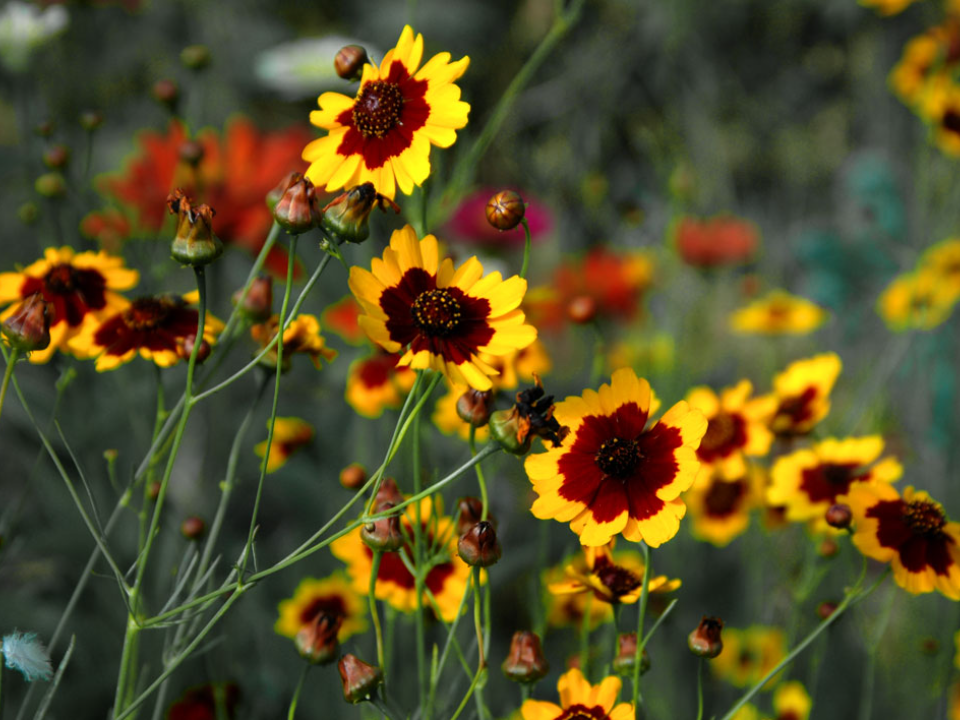
Coreopsis, often called tickseed, is a hardy perennial that thrives as the weather cools. This plant produces cheerful yellow and pink flowers that bloom from late spring to fall. Coreopsis is known for its long blooming period, adding consistent color to your garden throughout the year. As summer fades, coreopsis continues to flourish, making it a great option for extending the gardening season.
Coreopsis thrives in full sun and well-drained soil, making it perfect for sunny garden spots. These plants are drought-tolerant and can handle periods of dry weather. They grow well in both borders and containers, providing a bright splash of color wherever they are planted. Deadheading spent blooms will help maintain their appearance and encourage continued flowering.
Bee Balm (Monarda)
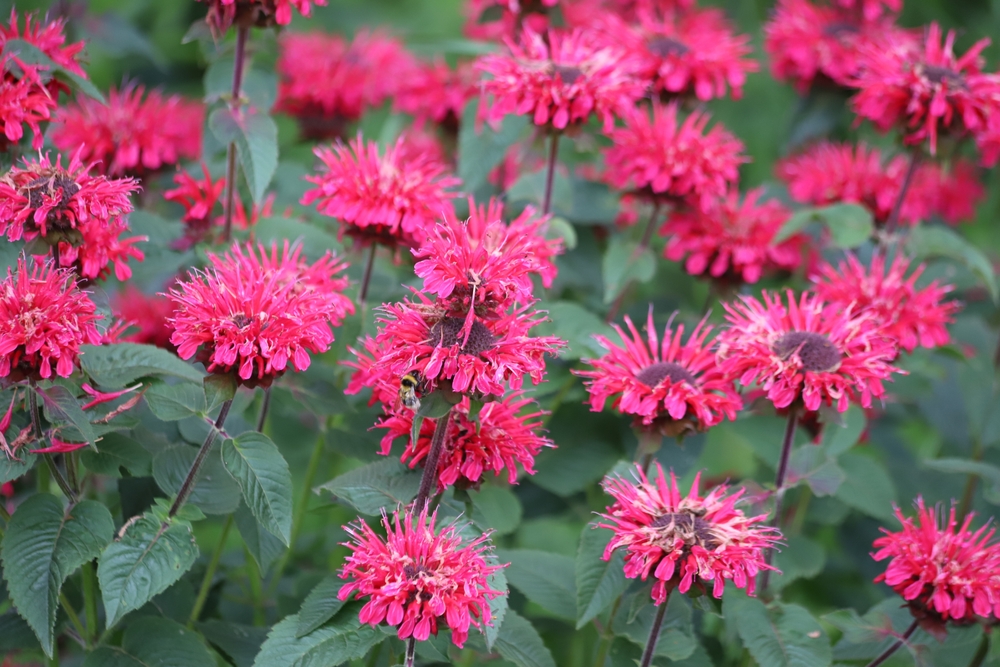
Bee Balm, also known as Monarda, is a native plant that thrives in cooler conditions. Its bright red, pink, purple, or white flowers attract bees, butterflies, and hummingbirds, making it a great addition to a pollinator-friendly garden. Bee Balm blooms from mid-summer to fall, ensuring that your garden remains lively as the heat fades. Its aromatic leaves add a sensory experience, making it a favorite in herb gardens as well.
Bee Balm prefers moist, well-drained soil and full sun to partial shade. It is a resilient plant that tolerates both dry and wet conditions, though it thrives best with regular moisture. Bee Balm’s bushy growth and tall flowers make it an ideal plant for the middle or back of garden beds. As the plant spreads over time, it can be divided to maintain its health and size.
Caladium

Caladiums are tropical plants that thrive in the cooler months, adding bold, colorful foliage to your garden. Known for their heart-shaped leaves, they come in vibrant shades of red, pink, white, and green. Caladiums are perfect for creating a dramatic effect in the garden as the summer heat fades. Their large, striking leaves provide a tropical feel, making them a great addition to shady areas.
These plants prefer partial to full shade and well-drained, moist soil. Caladiums are not frost-tolerant and should be brought inside or treated as annuals in colder climates. They thrive in warm temperatures, but once the heat cools, they can still add beauty with their colorful foliage. Their vibrant leaves bring life to areas that are otherwise shaded or lack color.
Sweet Alyssum
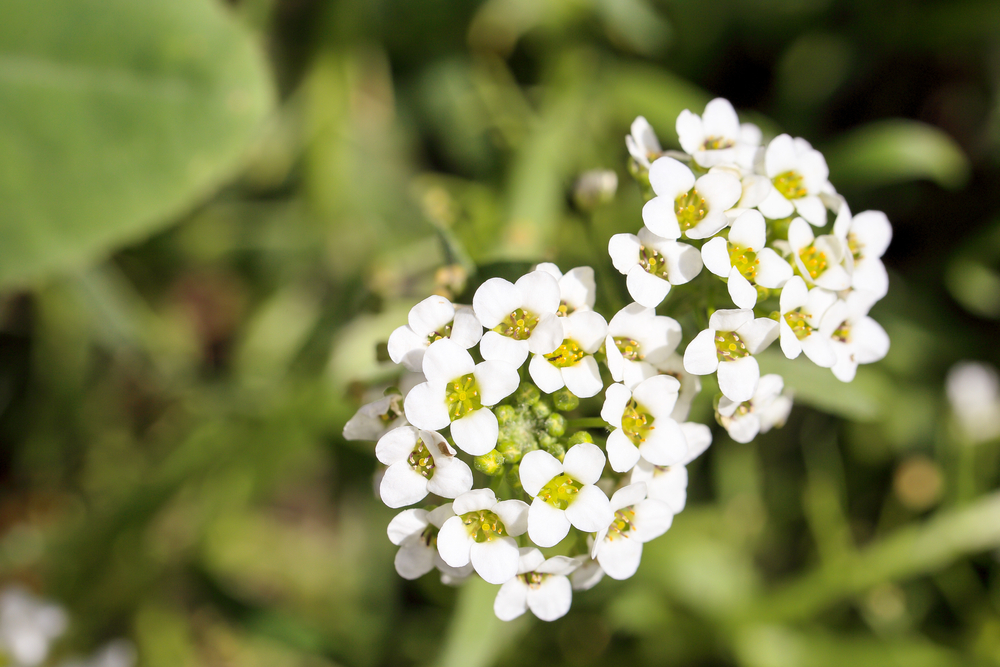
Sweet Alyssum is a low-growing annual that thrives in cooler temperatures, making it ideal for the fall season. Known for its small, fragrant flowers, this plant blooms in shades of white, purple, and pink. Sweet Alyssum grows quickly and can spread easily, making it an excellent ground cover plant for garden beds or containers. It is a perfect choice for adding a soft, sweet fragrance to your garden as the weather cools.
This plant prefers full sun but can tolerate some partial shade. Sweet Alyssum is drought-tolerant once established and requires only moderate watering. It is often used as an edging plant or filler between larger plants, providing a carpet of blooms that continue to flourish well into the fall. Sweet Alyssum is a favorite among gardeners for its ease of care and long blooming period.
Pansies
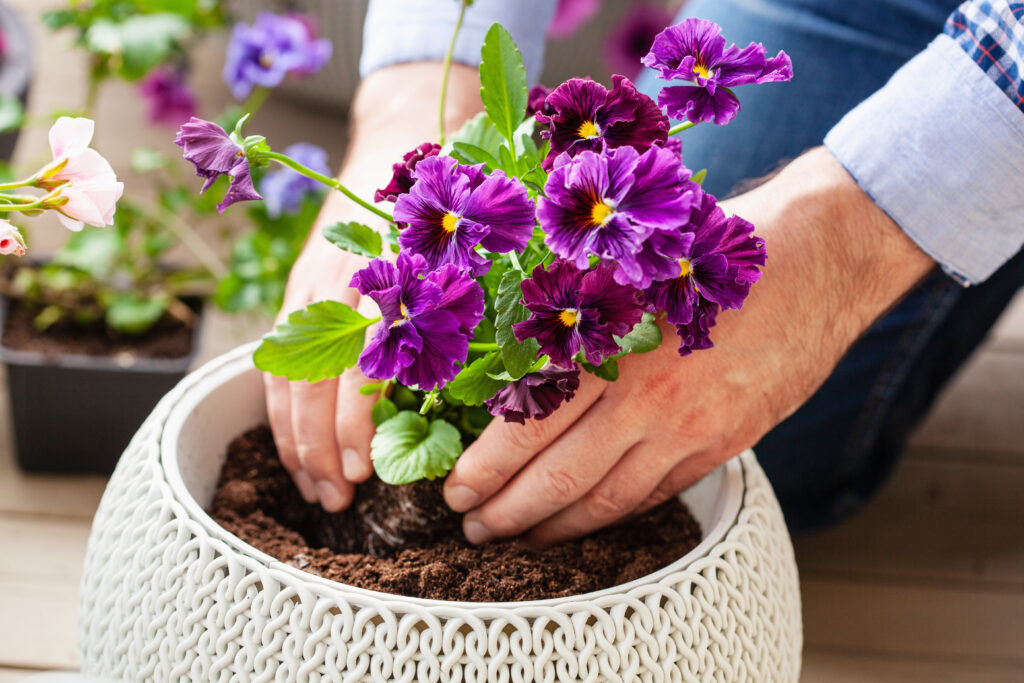
Pansies are hardy annuals that thrive in the cooler months, offering a splash of color in your garden when other plants start to fade. Known for their bright, bold colors and “faces,” pansies come in a wide variety of shades, from purple and yellow to red and white. Pansies can bloom continuously in the fall, making them perfect for adding long-lasting color as the weather cools. Their resilience to colder temperatures makes them an excellent choice for gardeners looking to extend their season.
Pansies do well in both full sun and partial shade, and they prefer moist, well-drained soil. They are relatively low-maintenance plants, needing only regular watering to keep them happy. Pansies are perfect for containers, hanging baskets, or borders, as they add immediate color and texture to any garden. Deadheading will keep them blooming longer into the cooler months.
Hostas
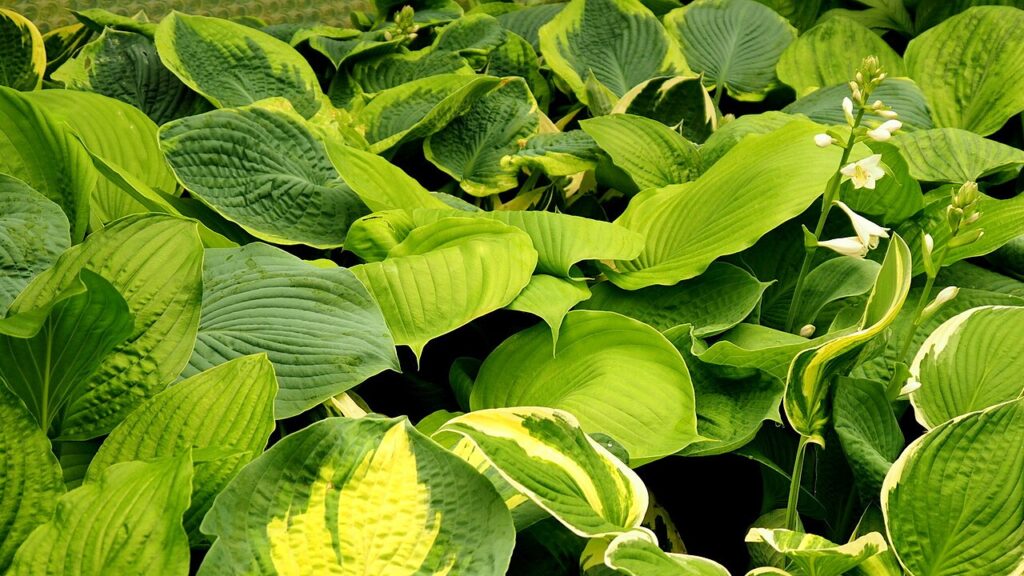
Hostas are shade-loving plants that thrive in the cooler months, making them ideal for late-season gardening. Known for their lush green foliage, hostas come in a variety of leaf shapes and sizes. They are perfect for adding texture and interest to shaded areas of the garden. Hostas also produce spikes of lavender or white flowers in late summer or fall, offering an additional visual element.
These plants prefer well-drained, moist soil and can tolerate a variety of soil conditions. Hostas thrive in partial to full shade, making them ideal for areas under trees or along shaded garden paths. Once established, they are relatively low-maintenance and can handle periods of dry weather. Hostas are perfect for adding structure and depth to the garden, especially in shaded corners.
Lavender
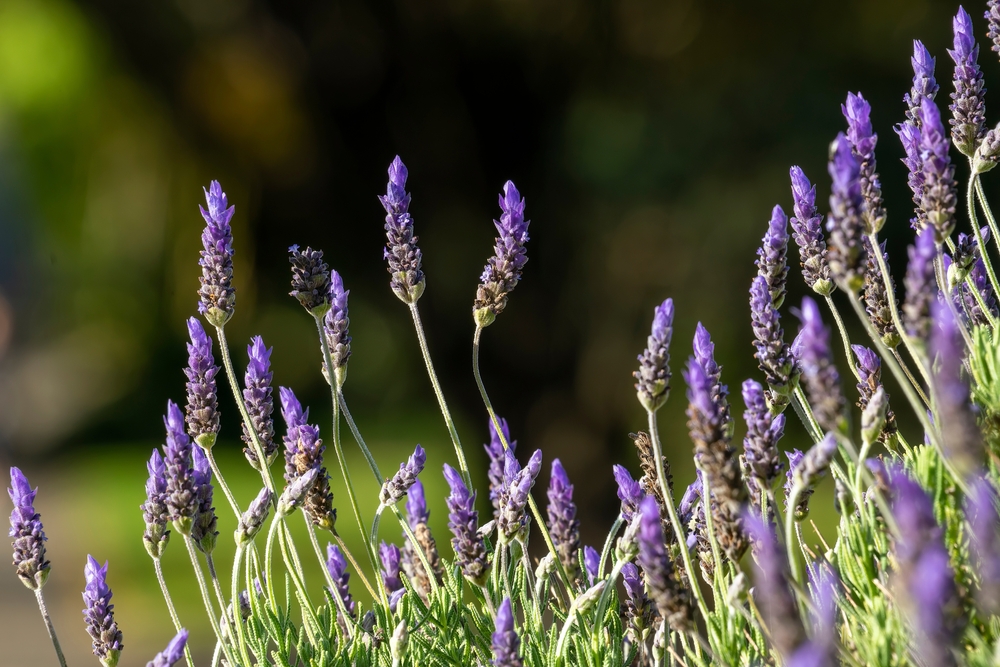
Lavender thrives in cooler temperatures and adds both fragrance and color to your garden as the summer heat fades. Known for its fragrant purple flowers and silvery-green foliage, lavender is a great plant for attracting pollinators such as bees and butterflies. It blooms in late summer to early fall, continuing to provide color even as the weather cools. Lavender is often used in aromatherapy, making it an added benefit to any garden.
Lavender prefers full sun and well-drained soil, making it a good choice for dry, sunny spots. Once established, it is drought-tolerant and requires minimal watering. Lavender can be used in flower beds, containers, or as an edging plant. Its ability to thrive in poor soil conditions and its pleasing fragrance make it a popular choice for gardens.
Fall-Blooming Crocus
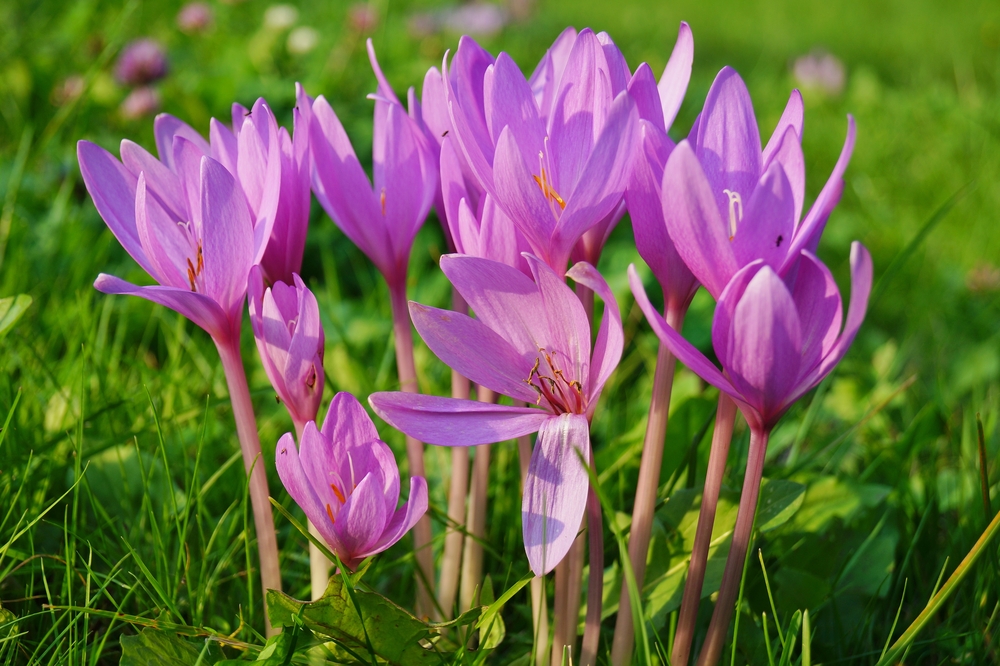
Fall-blooming crocus adds early fall color with its striking purple, yellow, or white flowers. This plant blooms after the summer heat has passed, often appearing in late September or October. Crocus flowers are perfect for filling in gaps in your garden, providing a cheerful burst of color in fall. These plants are low-maintenance and ideal for gardens that need a little extra fall interest.
Crocus bulbs are easy to plant in both flower beds and containers. They prefer well-drained soil and full sun to partial shade. Fall-blooming crocus can also naturalize, meaning they will return year after year. Their small, delicate flowers stand out in a sea of autumn leaves, making them a perfect addition to any fall garden.
Kale
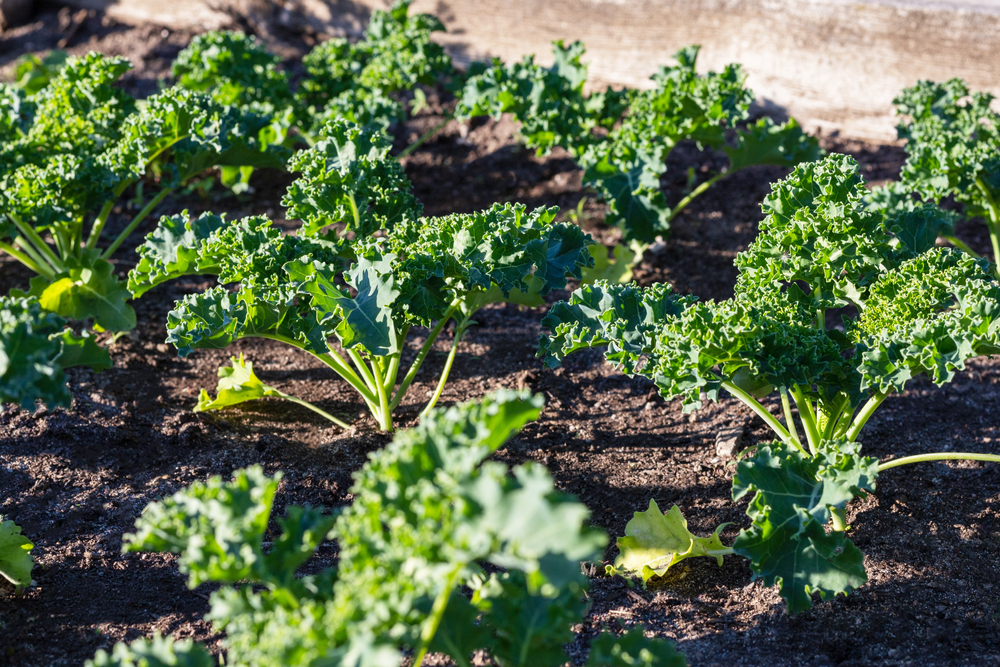
Kale is a hardy vegetable that thrives in the cooler weather, making it perfect for late-season planting. Known for its curly, dark green leaves, kale can be harvested throughout the fall and into the winter months. Its cold tolerance allows it to continue growing even as temperatures drop. Kale is also a nutritious addition to your garden, providing fresh greens for your meals.
Kale grows best in full sun and prefers well-drained, fertile soil. It should be watered regularly to keep the soil moist, but it can tolerate some dryness once established. Kale can be grown in containers, raised beds, or directly in the garden. Its hardy nature and ability to withstand frost make it a reliable plant for fall gardening.
This article originally appeared on Avocadu.
